In a lot of ways, Lincoln Heights, Ohio, sounds just like any other suburb. If you walk around town, you’ll hear kids playing outside the local elementary school. You’ll hear the highway that takes commuters down to Cincinnati. At the woods on the edge of town, the birdsong is delightful. The town feels calm and peaceful – at least, until the gunfire starts. Most weekdays, it begins in the morning, and lasts through the afternoon. Sometimes it goes past sundown, and occasionally into the weekends. Once the shooting begins, it comes in rapid-fire waves throughout the day. People say it makes it hard to focus or relax, and those who work the night shift say they can’t sleep.
Residents worry about what the gunfire is doing to their hearing, and their stress levels. They’re especially concerned about their kids, who are listening to gunshots all day long while they’re trying to play or study. The noise of gunfire isn’t from street violence. It all comes from an open-air gun range that’s owned by the Cincinnati Police Department.
The range is huge — the size of about 22 football fields. It sits just outside of Lincoln Heights, right along the town’s northern border. And the cops use it a lot. In 2019, the department reported that officers trained there about 300 days out of the year. The constant, nerve-fraying sound from that gun range has been plaguing Lincoln Heights for the last 75 years.
As if living with the relentless sound of gunfire wasn’t bad enough, there are a lot of things that make the situation even worse. This is nonstop police gunfire bombarding a town where almost all the residents are Black. And Cincinnati Police – the cops who practice there – don’t even patrol Lincoln Heights, or any of the other towns around the range. So these are out-of-towners coming to let off shots in Lincoln Heights’ backyard.

And Lincoln Heights isn’t just any suburb. It’s the first Black self-governed town north of the Mason-Dixon Line, founded almost a century ago with ambitions of becoming a sprawling, self-sufficient community. That vision never fully came to pass. And today, the bullets that echo through town are a daily reminder of how the founders’ dreams for Lincoln Heights were obstructed, right from the start.

Displaced by racist housing policies, and with plans to build a whole new town from scratch, new residents started homesteading in the 1920s. A group of residents took a county map and drew a set of ambitious boundaries around nearly 10 square miles in Hamilton County. The space encompassed the homes they’d built and lots of land prime for industrial development, plus plenty of room to grow.
In 1939, they presented their “Lincoln Heights” plan to the county for final approval. But the white county leadership and the neighboring suburbs all put up immediate, heavy resistance. They were terrified that an expansive black community would attract people from the so-called “slums” of Cincinnati out into the suburbs.
Hamilton County officials deliberately slow-walked the Lincoln Heights plan for seven years. In that time, a lot of other property in the proposal was snapped up by surrounding towns. One critical piece of that land was an open-air gun range. It was 30-or-so acres, owned by a group of war veterans who had a shooting club. In 1946, the city of Cincinnati bought it as a place for its police to train. At that time, the only other building in the immediate area was a school for the deaf. The local Black community had asked for that parcel of land for themselves, seven years earlier, to develop Lincoln Heights.
In 1946 – the same year the Cincinnati Police Department took ownership of the firing range – Lincoln Heights was finally approved for incorporation. But the Black residents only got a tenth of the land they’d originally set out to govern. Less than one square mile, shaped like a teacup – really, just the original housing settlement, with no aircraft manufacturer or any other big businesses.
They had created the first Black self-governing town north of the Mason-Dixon Line. But they didn’t have the industrial tax base or the open, developable land the town would have needed to thrive.
And to add insult to injury, because of the way the county had divvied up the land, the Cincinnati Police gun range was now right on the border of Lincoln Heights. And because Lincoln Heights was granted precious little space for expansion, residents would ultimately end up living right next door.
But whatever nuisance the range presented, it wasn’t enough to dull the shine of an all-Black town on the rise. In the 1950s and 60s, the population of Lincoln Heights ballooned, small businesses thrived, and the community started its own police force and town council. The aircraft manufacturer became a General Electric plant – and although it wasn’t in Lincoln Heights like the founders wanted, residents still got good jobs at GE. Over time, though, those manufacturing jobs started to go away, and the place fell on hard times.
And as life got harder in Lincoln Heights over the decades, the noise from the gun range was also getting worse. Cincinnati’s police force grew by the hundreds in the ‘60s and ‘70s. And starting in the ‘90s, the department ramped up its use of military-grade tactical weapons – just like other police forces around the country. That meant more and more officers spending more hours training with bigger and bigger weapons – like shotguns, semi-automatic rifles, and sometimes even concussion grenades. And because Lincoln Heights is so small, it’s had little choice but to build closer and closer to the edge of the range. There are a lot of reasons why Lincoln Heights has struggled over the years; the nerve-rattling chaos of constant gunfire is one of them.
At one point, the city seemed prepared to give the land over for commercial development, but the cops were having none of it. After a great deal of police pushback, the plan fizzled out. That was almost 25 years ago. Today, the residents of Lincoln Heights have been hearing that gunfire for nearly 8 decades. There are people who have lived their whole lives in this town and never known quiet.
Lincoln Heights’ predicament is extremely rare. Usually, city lawmakers aren’t eager to place open-air, government-owned shooting ranges in the middle of dense neighborhoods – because the people who live there would get fed up and vote them out.
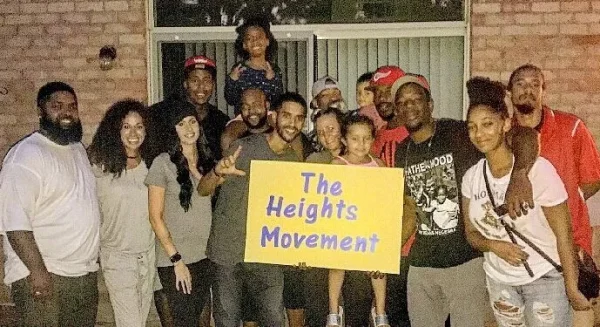
That is the heart of the problem in Lincoln Heights. Cincinnati owns the range, and Lincoln Heights residents don’t vote in Cincinnati. And the land that the range sits on isn’t in Lincoln Heights or Cincinnati. It’s in a third town. But hardly anyone who lives in that town can hear the gunfire, because their residential areas are way off in another part of the community. So no one with the power to move the gun range is directly accountable to the people who have to live with the noise: the people of Lincoln Heights. This type of cross-jurisdictional conflict happens all the time, whether it’s between neighbors who share a fence or nations that share a border. Pollution, noise, a hideous display of lawn ornaments—if someone is producing it on their own land, they don’t always have to listen to you when you ask them to stop.
There’s been quite a bit of research on the effects of sustained loud noise on the nervous system. As you might imagine, none of those effects are good. Background noise can impair a kid’s cognitive performance. It can cause chronic stress and hypertension. And, of course, it’s not great for your ears. Regular exposure to sounds louder than 85 decibels can cause hearing loss over time. An audiologist from the University of Cincinnati went to Lincoln Heights and made a recording of gunfire noise in the neighborhood. It repeatedly spiked to over 100 decibels – louder than a construction site.
A lot of people in Lincoln Heights have their own horror stories about the gun range. Some people remember times when there were real shootings in the community, and the victims were hurt. But because everyone who heard the shots just assumed they came from the range, the emergency response was delayed. And the gunfire you hear in Lincoln Heights is not just any gunfire. It’s police gunfire, which makes the range feel even more intimidating.
Over the decades, things only got worse. Then, in 2019, the mayor of Lincoln Heights teamed up with the mayors of the other towns around the gun range to send a letter to the Cincinnati mayor, asking for relief. They went down to city hall to make their case to the council, too. The firing range, they believed, was an existential threat to the town’s survival. The population had been shrinking since the 1970s. Because who wants to stay in a place – much less move to a place – that constantly sounds like it’s under siege?
Then, in March 2020, COVID hit. All of a sudden, kids were going to school at their kitchen tables. People were working from home if they could. In Lincoln Heights, that meant no escape from the gunfire. Even if you were used to it before, you really noticed it now. For life-long residents like Alicia Franklin, a sense of urgency was building. And soon, whenever Lincoln Heights residents turned on the TV, there was one news story—and one horrifying video—dominating the airwaves: the murder of George Floyd at the hands of police officers.
In Cincinnati, the city council agreed to hold a hearing specifically dedicated to the gun range issue. This would be the first time many Lincoln Heights residents had a platform to tell Cincinnati, in the official record, how its police force had been terrorizing their town by way of the shooting range for nearly three-quarters of a century.
The residents of Lincoln Heights had been trying to get rid of the gun range for almost as long as the town had existed. But now, finally, after this hearing, the generations-long gridlock seemed to dissipate. Even the Cincinnati Police – which had long refused to relocate the range – now said it was officially open to the idea.
The city of began searching for a new place for its police to train. And it landed on a location in a less densely populated township just a few miles west of Lincoln Heights. The advantage of the new location is: There’s actually already an open-air firing range there, where the county sheriff’s department trains. Now, plans are in the works to expand that facility so Cincinnati police can train there, too.
This past January, the county officially announced the plans for the new range—and the expected closure of the old one next to Lincoln Heights. Today, the gun range on the border of Lincoln Heights is still active. It’ll take at least a year or two for the new facility to open – knock wood – and the shots will continue until then.
But if all goes to plan, the day the Cincinnati police shoot the last bullet at that range will mark the end of a struggle that has been passed down through Lincoln Heights families for generations. The way Mayor Ruby Kinsey-Mumphrey sees it, that would put them one step closer to realizing the dream the founders had for a town in control of its own destiny.

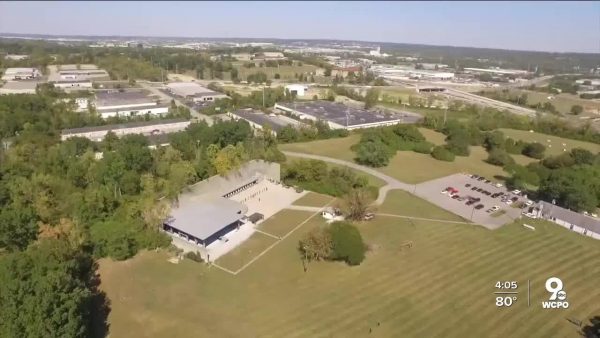
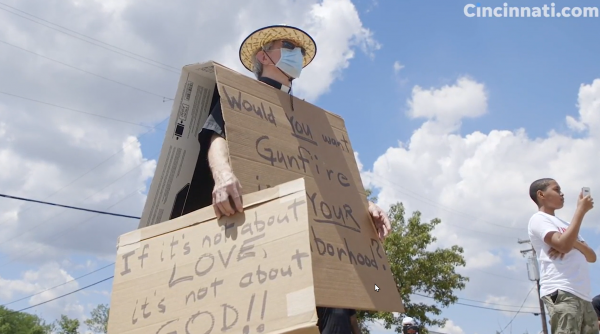
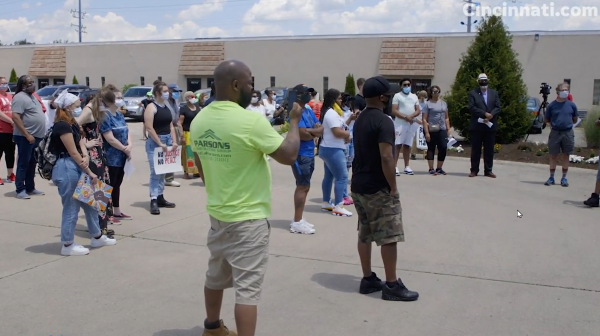
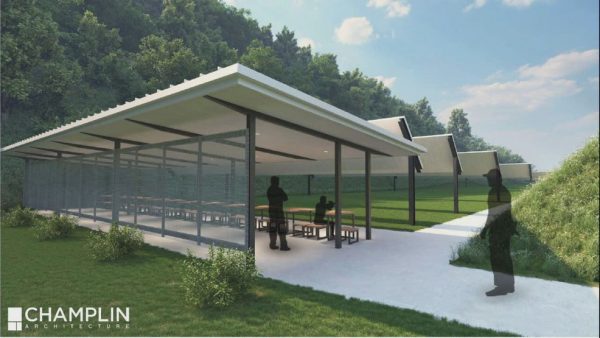



Leave a Comment
Share